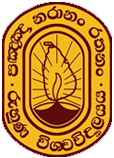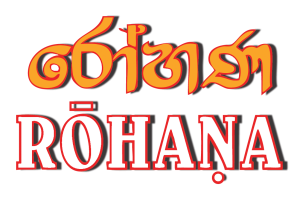TV Narrations of Ratupasvala: A Case Study
Professor of Sinhala, Department of Sinhala, Faculty of Humanities and Social Sciences, University of Ruhuna, Matara.
Professor Emeritus, Department of Sociology, Faculty of Humanities and Social Sciences, University of Ruhuna, Matara.
Professor Emeritus, Department Sinhala, Faculty of Humanities, University of Kelaniya, Kelaniya Researcher
Email: jayantharuh@gmail.com
Abstract
Multiplication of media establishments in a country does not necessarily make that country more democratic and its content of the media pluralistic. Television is the most popular one among the electronic media in Sri Lanka. It can be observed that as a result of deregulation of the media since 1992, some 72 radio channels and about 21 television channels have been thrived. The objective of the present study is to examine through the content of news whether the abundance of broadcasts has had an influence on their content so as to make it pluralistic. This research can be called as an analysis of the media content in particular, the content of news telecast by six Sinhala medium television channels during a period of 10 days relating to a public conflict occurred in Gampaha District. The clash which affected 22 Grama Niladhāri Divisions namely Ratupaswala, Nadungamuwa, Imbulgoda, Walivēriya, Ambaraluwa and Galoluwa in Gampaha and Mahara Divisional Secretariats over an issue of pollution of water went on from 12.07.2013 to 01.08.2013. The main cause of the above crisis was the complaint of the residents of the above-mentioned area against the discharging of polluted water by the factory, Dipped Product Plc. established in this locality in 1994. Consequently, a mass protest was organized by the residents of the affected area by blocking the Kandy road and new Kandy road compelling the government to remove the factory. Further, a fasting was organized by way of protest by the Buddhist clergy in the Veliveriya playground. The present study concentrates on examining the pluralistic differences of media content of the news broadcasts pertaining to the above on the basis of the mode of its reconstruction of 6 Sinhala television channels.
Keywords: Media diversification, Rathupsawala water commotion, TV narrations

